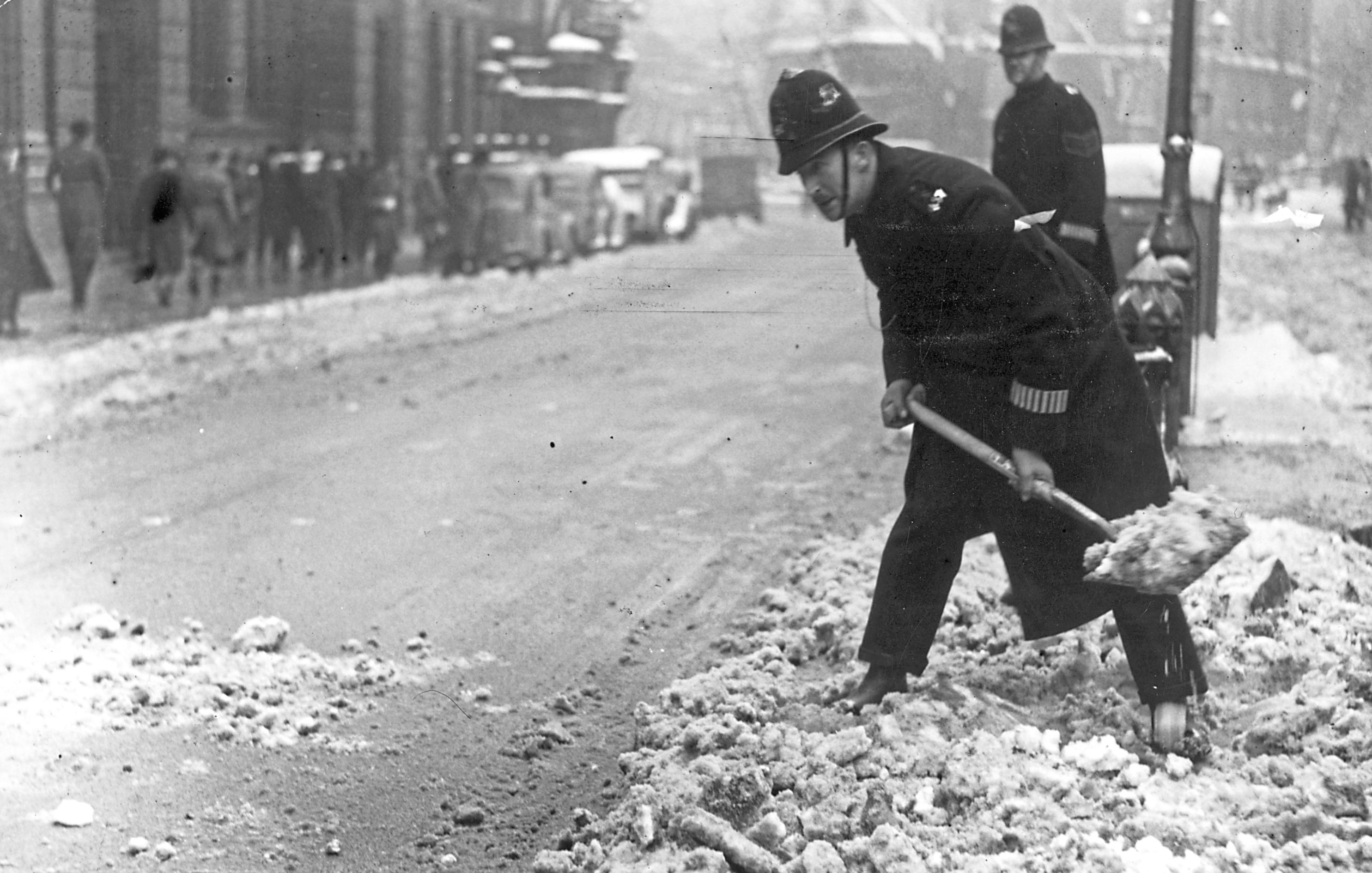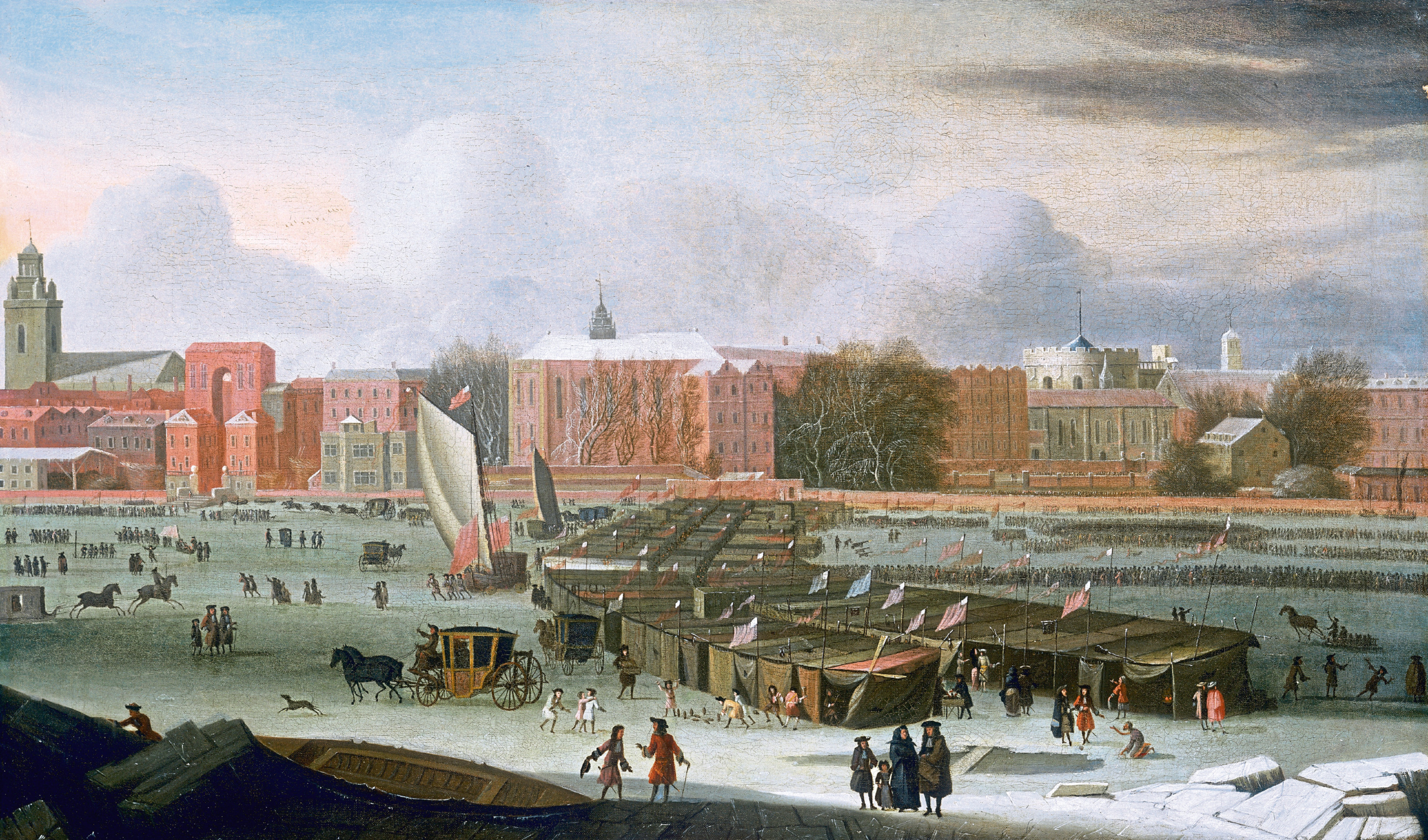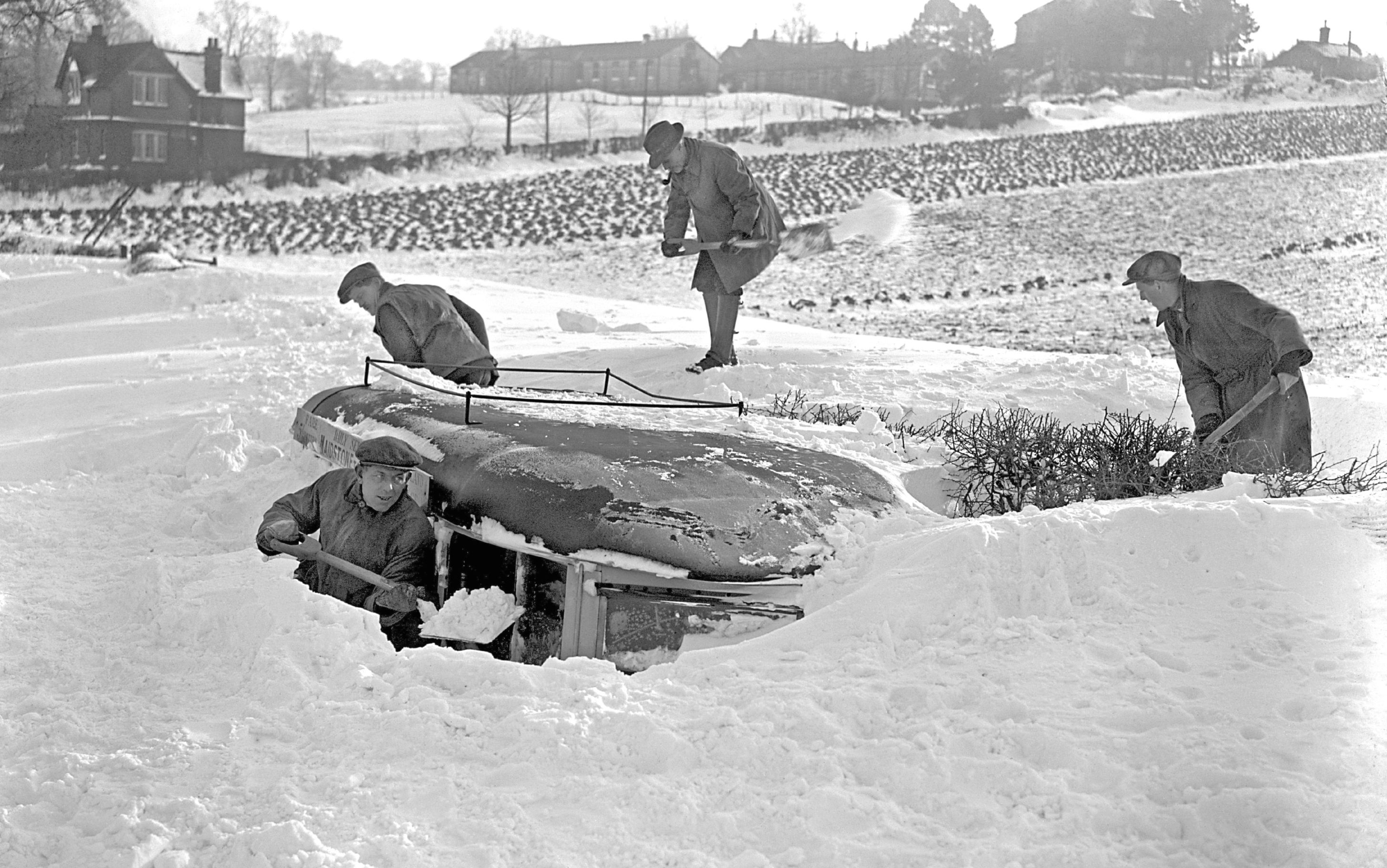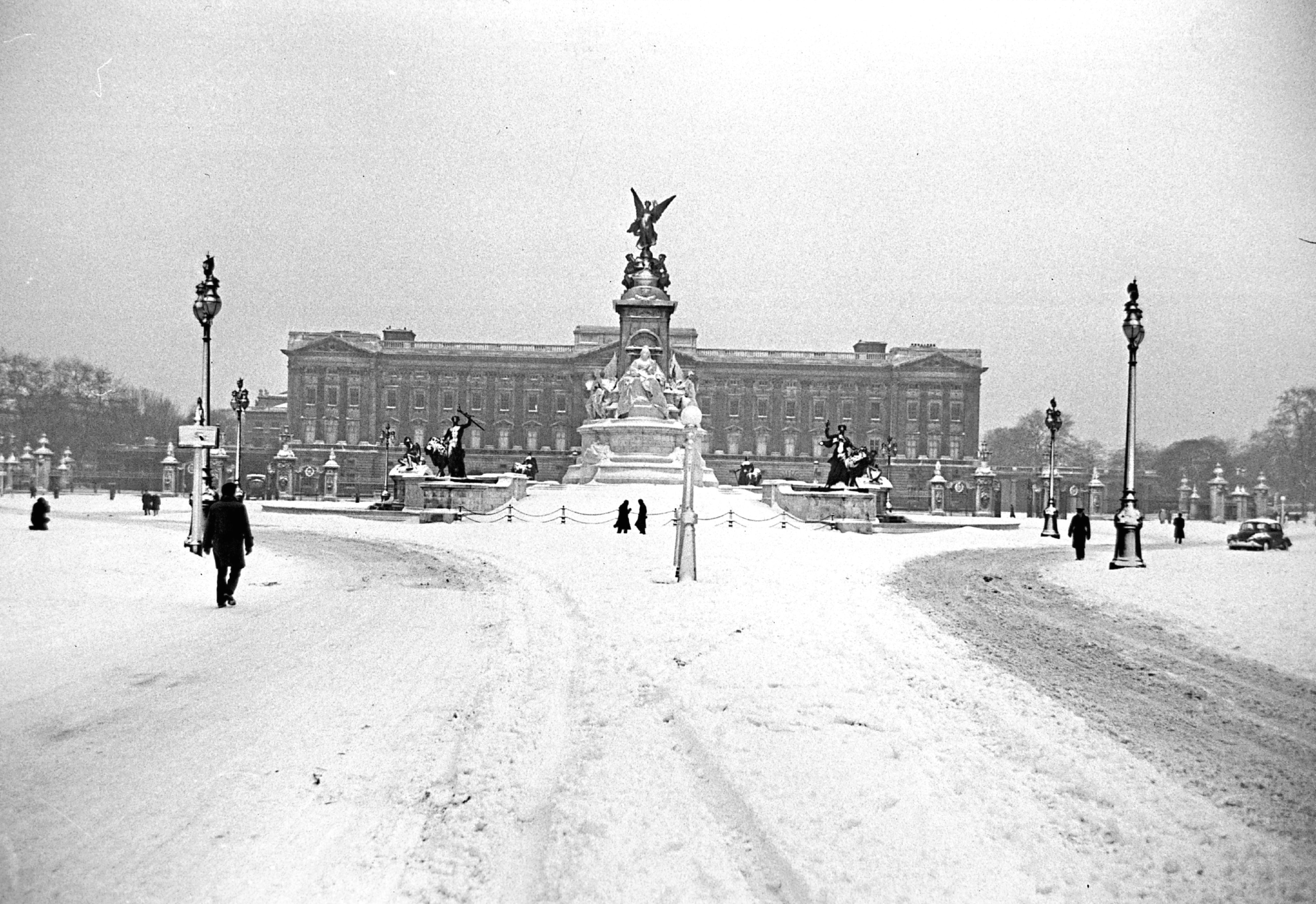
EVERY winter feels colder than the last, and Britain wouldn’t be Britain if we didn’t endure some snow, ice, blizzards and delays on road and rail.
The experts, however, who have analysed things and tried to predict how a typical British winter will pan out all the way through to the end of this century, do have some decent news.
They reckon, while admitting it’s far from an exact science, that winters in the UK are more likely to become milder and wetter.
Along with summers that are hotter and drier, that sounds better than days on the beach spoiled by rain and people ending up on their backsides because of ice.
What we can say with more certainty is that Britain has had its share of stinker winters, months at the turn of the year where we just prayed for spring and save us from the misery.
We’ve taken a look at Britain’s Worst Winters and, regardless of what happens to our weather in the next few months, it’s thankfully unlikely that we’ll go through anything like these woeful winters again.
1683/84
Records for Central England temperature go all the way back to 1659, and in those days the first really dreadful winter didn’t hit our ancestors until 1683/84.
That became the coldest winter on record, and they called it the Great Frost.
Even today, it is reckoned it was our all-time worst, with temperatures dropping to, wait for it, and shiver, -30°C.
Back then, they could regularly rely on the Thames freezing over, and frost fairs were often held in the capital, with stalls set up on the totally frozen river.
But 1683/84 was so bad, we doubt if they even had the courage to put stalls up in the first place.
Still, sales of gloves and scarves would have done well, not to mention hot pies and cold remedies.
1739/40
Estimated to be Britain’s second-worst winter of all time, the temperature went down to -22°C. Essex and the Home Counties were badly affected, and a painting called The Great Frost shows hardy souls wandering on the frozen Thames.
Things were exacerbated by the severe frost, which lasted right into the middle of February.
1813/14
Although 1962’s horrendous winter would prove worse, this was another bad one from much longer ago.
The cold spell started two days after Christmas, with temperatures staying around the -3°C mark until the last days of January.
When the Thames froze over again for the first week of February, Londoners saw the last of the great Frost Fairs on the river’s ice sheet.
They skated, danced and even set up makeshift pubs on the ice, and an elephant was marched over the frozen water at Blackfriars Bridge. Fortunately for it, the ice was so thick that it reached the other side in one piece.
1836/37
The last of the wicked winters of the 19th Century, snow and gale-force winds were driving their way across south-east England.
On Boxing Day, the people of Lewes in Sussex were warned about a build-up of snow on a local cliff and told it would be prudent to evacuate their homes.
Ignoring the warnings as it was simply too cold to leave home even for a few hours, disaster struck when a huge avalanche crushed a row of homes. Some people were pulled out from the carnage alive, while other poor souls died of hypothermia or suffocated.
1927/28
Parts of the country were so badly hit by the white Christmas of ’27 that they disappeared under the snow.
In Redhill, Surrey, diggers found a charabanc completely buried by the white stuff.
The Midlands, Wales and large swathes of southern England were left under a thick white blanket – next time you wish for a white Christmas, just pray you don’t get as much as they did.
1939/1940
It is believed that the early parts of the Second World War had a real effect on the changing climate.
Not scientifically proven, it’s nevertheless thought that the intense activity in the North Sea altered temperatures in the water around us and therefore the climate in general.
Whatever the science behind it, January of 1940 saw us hit with the first below-zero average temperatures of the 20th Century!
The Thames froze, just as the Grand Union Canal did, and even the sea itself in places.
North of the country, we were hit especially badly, with a huge snowstorm leaving over two feet of snow in many regions.
An icy storm lasted two days at the end of January, with much of the UK under four feet of snow.
Among many strange sights were the milk churns being transported by sledge.
If those hadn’t been such dark times for all of us, it might have raised a smile.
1946/1947
The war may have been over in our part of the world, but the annual battle with the weather continued as usual. Thousands of people were cut off and left to fend for themselves for days at a time, the Met Office admitting that snow had fallen every day for 55 days in a row, at least somewhere in the country.
Parts of Bedfordshire shivered in -21°C temperatures during February, the thaw that followed it flooding large swathes of land as rivers burst their banks.
Some schoolchildren still walked one or two miles to class, many in shorts, and for those who recall it that was the worst winter of them all.
But they were a hardy breed, that generation, and it’s impossible to imagine schoolkids being expected to go to those lengths for school. Or parents allowing it to happen!
Kew Observatory in London didn’t observe any sunshine – at all – for 20 days, while power stations shut down as it was virtually impossible to transport coal. This led to restrictions in energy consumption.
Radio stations closed, TV broadcasts were cancelled, magazines ceased publication and newspaper sizes were halved. The Army had to come in to help when the floods followed, and people in over 100,000 homes had to be helped by them.
1962/63
If anyone thought by the Sixties that those Forties weather extremes were a thing of the past, this winter set them right.
The so-called Big Freeze of 1963 is seen as the worst British winter of modern times, the coldest for 200 years.
Parts of the sea froze, which happens if it goes below -2°C, and it all dragged on from the week before Christmas until March!
The south-west of England and large chunks of Wales were worst hit, and a blizzard in December lasted for a day and a half without easing up.
Villages were cut off, roads and railways were put out of action altogether and phone lines went down, when people desperately needed them.
That January was the coldest month in the south of Britain since the 19th Century, although the north of England had been even colder in ’47.
Cyclists powered their machines across the frozen Thames, and so much of the sea froze that the BBC announced – wrongly, it turned out – that the entire English Channel might freeze.
By the time March arrived and things eased – March 6 was the first morning without frost anywhere in the UK – a quarter of the nation’s sheep had perished.

Enjoy the convenience of having The Sunday Post delivered as a digital ePaper straight to your smartphone, tablet or computer.
Subscribe for only £5.49 a month and enjoy all the benefits of the printed paper as a digital replica.
Subscribe

